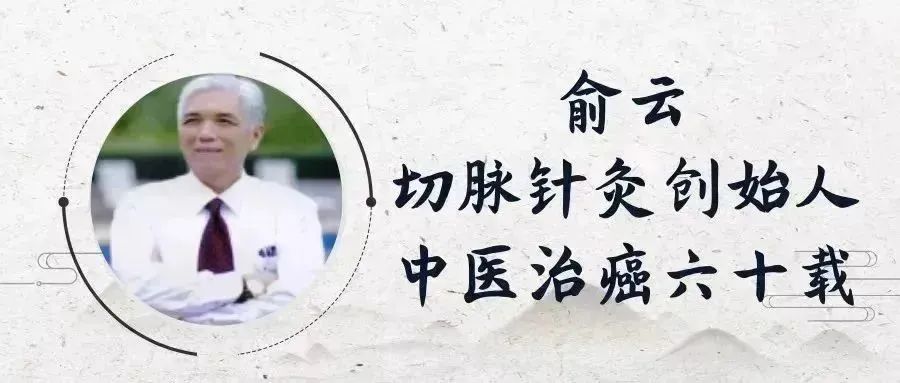
Pulse diagnosis is one of the four diagnostic methods in Traditional Chinese Medicine (TCM), where the physician uses their fingers to palpate the patient’s pulse. This method assesses the pulse’s characteristics (i.e., pulse image) to understand the patient’s condition and differentiate between diseases, a practice highly valued by physicians throughout history.
The Chen Mai (沉脉, Deep Pulse) is one of the 28 pulse types, reflecting the depth of the pulse. It is an important pulse type discussed by many historical physicians, and it can be observed in various diseases, particularly chronic conditions. Its complexity requires careful observation and understanding. Therefore, mastering the characteristics and clinical significance of the Chen Mai is crucial for learning TCM techniques and improving clinical efficacy.
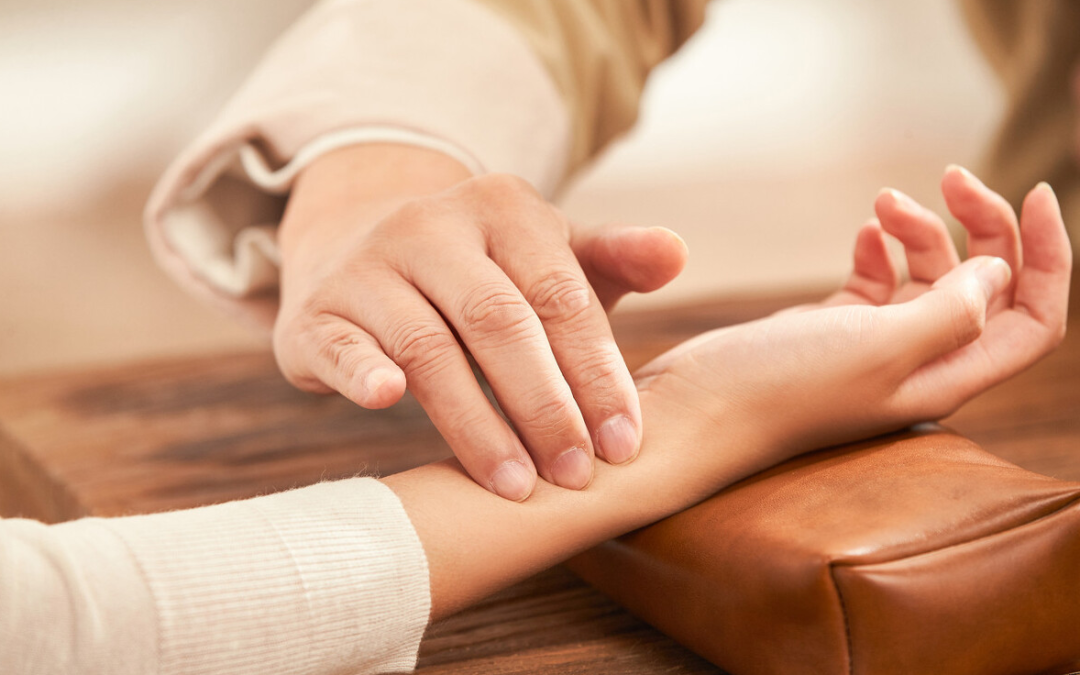
▌ Characteristics and Mechanism of the Chen MaiThe Chen Mai, referred to as “Stone Pulse” in the Huangdi Neijing, is characterized by a pulse that is not felt with light pressure but can be detected with firm pressure. In Zhenjiashuyao, Shuaishou states: “Chen means not floating. It is not felt with light touch, but is obtained with heavy touch, indicating a condition of Yin counteracting Yang.” Li Zhongzi in Zhenjiayanzheng states, “The Chen Mai travels through the tendons and bones, like water hitting a stone; it is abundant when pressed but insufficient when lifted. The Chen Mai is Yin, indicating the disease is internal.”This indicates that the Chen Mai is located deep, close to the tendons and bones. It can form a combined pulse with any pulse other than the floating pulse. The Chen Mai appearing in the Shanghan Lun is mostly a combined pulse. What is the mechanism behind the Chen Mai? The Nanjing: Four Difficulties states: “The Chen Mai is Yin.” This indicates that the overall pathogenesis of the Chen Mai is due to internal stagnation of pathogenic factors, where Yang Qi is obstructed and cannot push the pulse Qi outward, or due to insufficient Qi and blood, or Yang deficiency and Qi exhaustion, leading to an inability to elevate and stimulate the pulse.The formation of the Chen Mai is influenced by both pathogenic factors and Zheng Qi (correct Qi). It may be due to pathogens lurking internally, obstructing Qi and blood, causing the pulse Qi to retract and fail to reach the exterior, or due to insufficient Zheng Qi, where the pulse Qi is weak and unable to distribute or elevate.▌ Clinical Significance of the Chen Mai1. Normal Physiological Chen MaiFirst, the Chen Mai is related to a person’s constitution. For instance, Zhang Zhongjing in Shanghan Zhabing Lun states: “Obese individuals tend to have a Chen Mai… thin individuals tend to have a floating pulse.” He Mengyao in Yizhi states: “Obese individuals often have a Chen Mai.” Dong Xiyuan in Yiji states: “Obese individuals have abundant flesh, and their pulse is visible with firm pressure, thus it is classified as Chen.” Obese individuals have thick subcutaneous fat, resulting in a deeper pulse, which is a physiological factor and not pathological. Additionally, the Chen Mai is also related to the seasons. For example, Shuaiboren in Zhenjiashuyao states: “When diagnosing the pulse, one must first recognize the seasonal pulse… In winter, all pulses are Chen… If the pulses of the organs are balanced, the stomach pulse is harmonious, and the seasonal pulse is normal, then the person is healthy; otherwise, it indicates illness.” Li Shizhen also discusses the balanced pulse of the five organs in Binhu Maixue, stating: “Spring is string, summer is flooding, autumn is hair, and winter is stone; in the four seasons, TCM clinical research shows that harmony is called balanced pulse.” In winter, the climate is cold, and all things are hidden, making it a season of retraction and conservation. People should conserve their Qi, leading to dense pores, with Yang Qi hidden, Qi and blood retracted, and blood vessels constricted, resulting in a deeper pulse, which is a normal pulse for winter. Finally, the Chen Mai is also related to gender. For instance, Binhu Maixue states: “(The Chen Mai) in women is at the cun position, while in men it is at the chi position; this is the case in all seasons for a balanced pulse.” “Women at cun” refers to the female Chen Mai, while “men at chi” refers to the male Chen Mai. This difference arises from TCM theories that suggest women generally have less Yang Qi, while men have less Yin essence.2. Pathological Chen Mai Clinical Significance① Left cun Chen indicates: Heart Yang deficiency, cold fluid stagnation, and blood stasis in the chest, symptoms include: chest tightness, chest pain; Right cun Chen indicates: Lung Qi deficiency, symptoms include: fatigue, shortness of breath, low voice; or cold congealing in the liver pulse, symptoms include: stabbing pain in the hypochondrium, aversion to cold.
② Left guan Chen indicates: Liver Qi stagnation, symptoms include: emotional depression, liver area pain; right guan pulse Chen indicates: Spleen and stomach deficiency and cold, symptoms include: abdominal fullness and pain, poor appetite, fatigue.
③ Right chi pulse Chen and thin indicates: Mingmen fire decline, symptoms include: lower back pain, cold lower limbs, or early morning diarrhea; left chi Chen indicates: Kidney Qi and Yin deficiency, symptoms include: lower back and knee soreness, indicating cold stagnation in the kidney meridian, with men experiencing lower back pain and women experiencing cold blood and menstrual irregularities.
往期回顾
Still using manual techniques for tonifying and draining? You’re outdated!
Why can a small needle treat major diseases?
Can pulse diagnosis and acupuncture treat cancer? Here comes the scientific evidence!
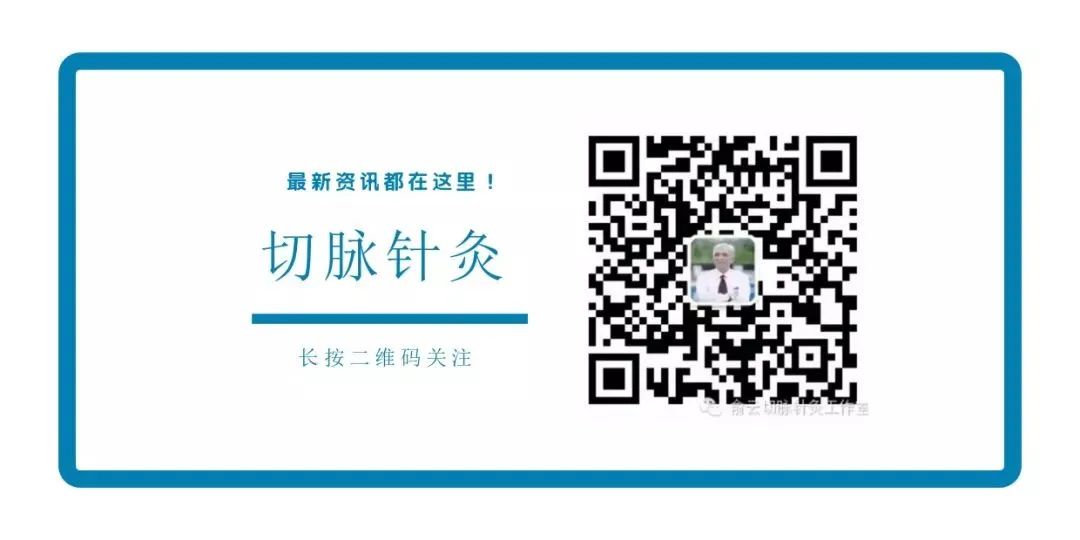
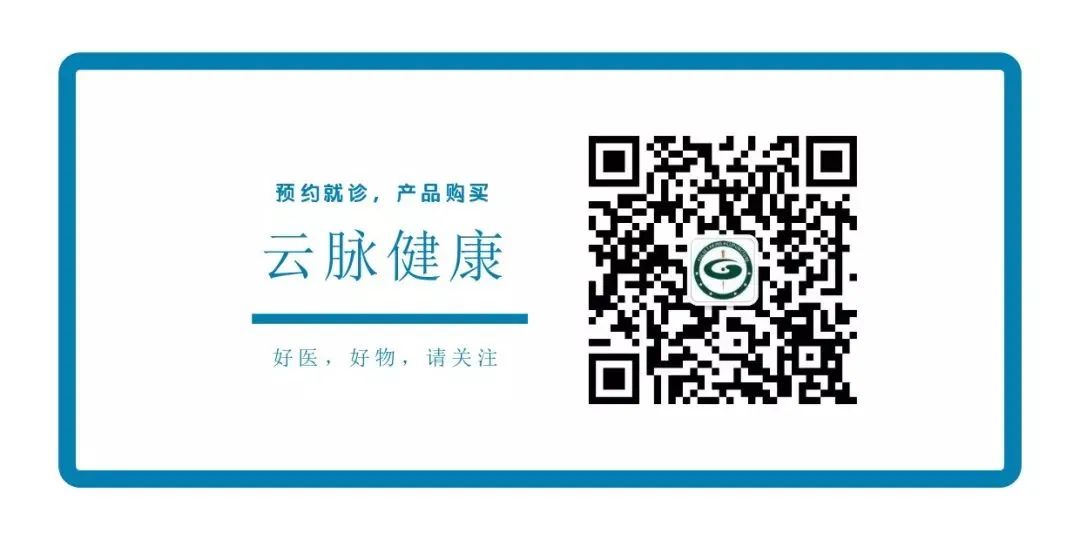
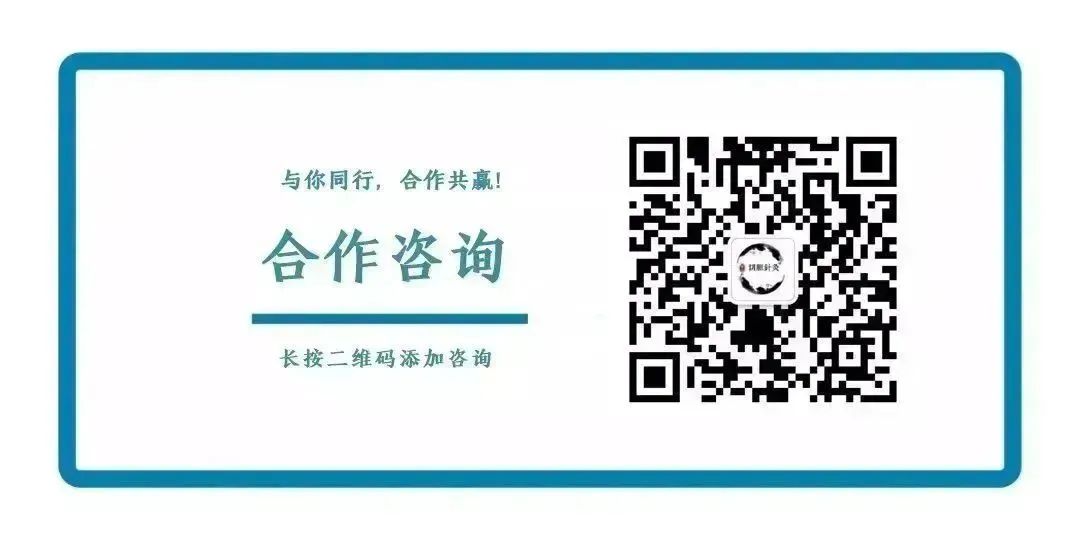
If you like it, give me a “thumbs up”


